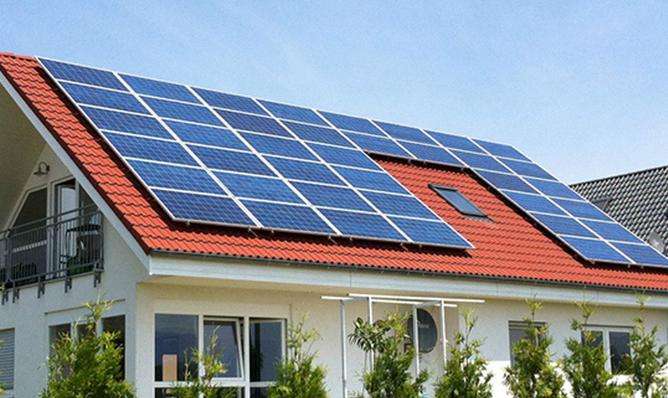The problem is:
1. Before connection to the network, changes in the opening of the guide vanes will affect the speed of the unit, that is, the frequency, because at this time only the mechanical power of the water flow on the guide vanes . As the guide vanes open wider, the rotational speed also increases, and then the frequency increases.
2. After being connected to the network, the power conversion of the turbine is the mechanical power of the water flow on the guide vane. Once one side of the generator is connected to the grid, there is electromagnetic. the power, which is the load. After being connected to the network, the mechanical power is converted into electromagnetic power, so when the water flow increases (the opening of the guide vane increases), the load will increase the electromagnetic power after the network; The connection is equal to the mechanical power:
Byexample, now the water turbine produces electricity. After the turbine was connected to the grid, it received a load of 10,000 KW, and suddenly the grid connection switch was disconnected. If the opening of the guide vane was not adjusted in time, the turbine would definitely overspeed, because at that time the electromagnetic power was 0.
I don't know how say it that way. Can you understand ?
Basic principle: In a hydraulic turbine, water flows radially through the water guiding mechanism through the guiding effect of the volute, converting energy kinetics of the liquid into static pressure energy, then converts the static pressure energy into the kinetic energy of the rotor.
The runner is coupled to the generator rotor via the main shaft, driving the rotor to rotate and cutting off the generator stator magnetic coil. It uses the principle of electromagnetic inductionetic to generate high voltage electricity in the generator coil. , then increases the voltage across the transformer for transmission. The cabling exports energy to the network and water flows axially out of the channel.
Large and medium-sized hydraulic turbines generally use metal scrolls, the main function of which is to guide the flow of fluid and convert the kinetic energy of the liquid into static pressure energy. The tilt angle of the movable guide vanes in the water guiding mechanism is adjustable, and its main function is to adjust the flow rate.
Hydraulic generator refers to a generator that uses a hydraulic turbine as the prime mover to convert water energy into electrical energy. As water flows through the turbine, the energy of the water is converted into mechanical energy. The rotating shaft of the turbine drives the generator rotor, which convertsmechanical energy into electrical energy and produces it. It is the main electrical equipment for producing electrical energy in hydroelectric power stations.














